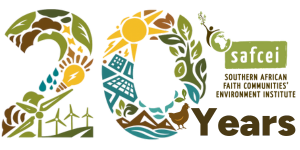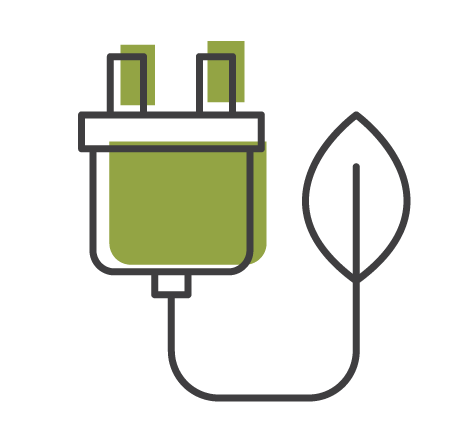Eskom’s safety case for Koeberg Unit 2 built on absent and outdated data – regulator still set to approve
- Published:
The Southern African Faith Communities’ Environment Institute (SAFCEI) is ramping up its warnings about Eskom’s plans for Koeberg Nuclear Power Plant, and the National Nuclear Regulator (NNR) seeming likely to approve the 20-year licence extension for Koeberg’s Unit 2. This is despite absent, outdated and incomplete safety data – a move experts say violates both the spirit and the letter of South Africa’s nuclear safety regulations and role of the Regulator. At the centre of the controversy is Eskom’s new engineering report, known as the Time-Limited Ageing Analysis (TLAA), which tries to predict the condition of Unit 2, using data it captured from Unit 1. Furthermore, Unit 2 should have had an Integrated Leak Rate Test (ILRT) this year before the NNR can make an informed decision on extension of its operating life. Other reports that SAFCEI has reviewed also show additional serious problems at Koeberg’s Unit 2.
“Eskom is asking South Africans to trust safety data that doesn’t exist in order for Unit 2 at Koeberg nuclear power station to have its license extended another 20 years. They have extrapolated data from a completely different reactor, Unit 1, which is in a separate building. That’s not science – that is dangerous, wishful thinking that could put people’s lives at risk. We wouldn’t accept this approach to buying a car. Imagine test driving one used vehicle and then assuming that this reflects the condition and performance of a completely different car. So how could it be acceptable in a highly risky energy power plant?” says SAFCEI’s Executive Director, Francesca de Gasparis. The TLAA makes three key assumptions. This includes assuming that the critical post-tensioning tendons inside the containment building, which maintains the structural integrity and forms part of a critical safety barrier, will not corrode over the next 20 years. Yet, the Impressed Current Cathodic Protection (ICCP) system that would prevent such corrosion, has been repeatedly delayed and is still not installed.
“The 2015 expert panel on Koeberg’s containment found that Unit 2 was already showing advanced corrosion damage and warned that without immediate repairs, deterioration could accelerate “exponentially with time.” The panel emphasised that corrosion of the post-tensioning tendons would likely mark the end of the containment building’s service life,” says de Gasparis. She says that despite this, the TLAA assumes the tendons remain unaffected – and Eskom argues that ICCP implementation “has no influence on the TLAA.” In reality, the TLAA’s own methodology shows that the assumption of no corrosion is validated only through an ILRT, and online monitoring, both of which are absent for Unit 2. The next ILRT has been postponed until 2026, over a decade after the last test. Eskom’s recent public statement refers to an ILRT having been completed, however this test was conducted on Unit 1, not Unit 2. So, what do we really know about the status and safety issues at Unit 2?
Unit 2 has not undergone an ILRT since 2015, despite international regulations – including those the NNR subscribes to. The International Atomic Energy Agency’s (IAEA) 2024 Safety Aspects of Long- Term Operation (SALTO) mission to South Africa also reiterated that a fully functional containment monitoring system is essential for long-term operation, underscoring the seriousness of this omission. In order to extend the license, this test needs to be completed.
“The Third Periodic Safety Review (PSR) is equally troubling. This is legally required, to reflect “the actual status of the facility.” Because Unit 2’s containment monitoring system has been largely non- functional for years. This means the NNR is being asked to make a decision without knowing the current structural condition of Unit 2 – a clear breach of the gazetted Long-Term Operation (LTO) regulations.
According to SAFCEI’s Ntombizodidi Mapapu, “The NNR cannot claim to be making informed scientific decisions, especially since the regulator is being asked to extend the life of a nuclear plant – which is already a tricky business – merely on the basis of assumptions, not evidence. This is very dangerous and deeply irresponsible.”
The TLAA itself concedes that monitoring data for Unit 2’s dome is “sparse, with numerous gaps and outliers,” and that several strain gauges are not working. Eskom has promised to restore the monitoring system but only by 2028–2029 – a timeline critics describe as “reckless,” given that safety decisions are being taken now.
SAFCEI asserts that the NNR should do the right thing and postpone any licence decision for Koeberg Unit 2 until Eskom completes both the ICCP installation and a new ILRT, ensuring that the containment’s actual condition is verified through direct testing and monitoring data. “Because of its potentially far-reaching implications for people and the environment, there is no urgency that justifies cutting corners on nuclear safety. And since Unit 2 will be offline for maintenance anyway, the responsible next step would be to wait until the necessary tests are done, so that decisions are made based on real data,” concludes Mapapu.
Who we are
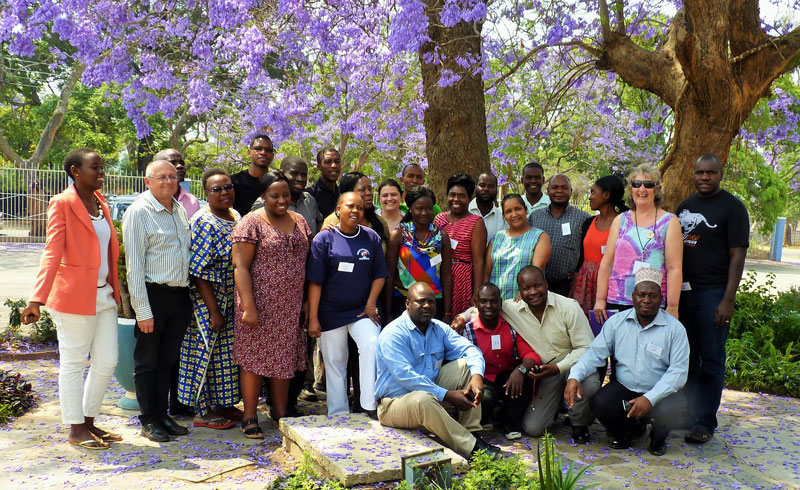
SAFCEI (Southern African Faith Communities’ Environment Institute) is a multi-faith organisation committed to supporting faith leaders and their communities in Southern Africa to increase awareness, understanding and action on eco-justice, sustainable living and climate change.
Featured Articles
-
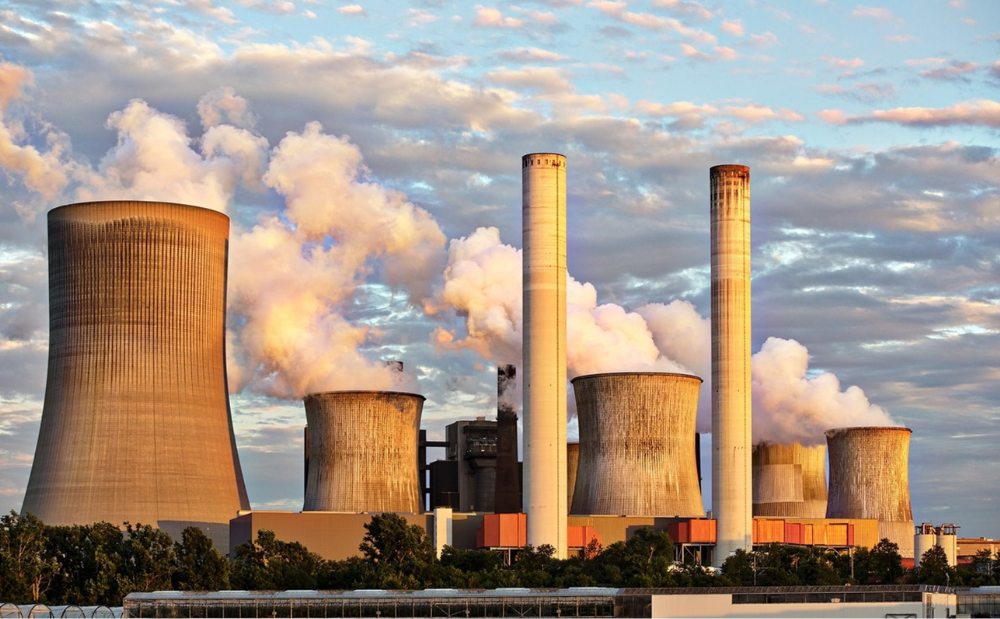
South Africa: Who Ends Up Paying If DMRE Cooks the Price of Nuclear Power?
-
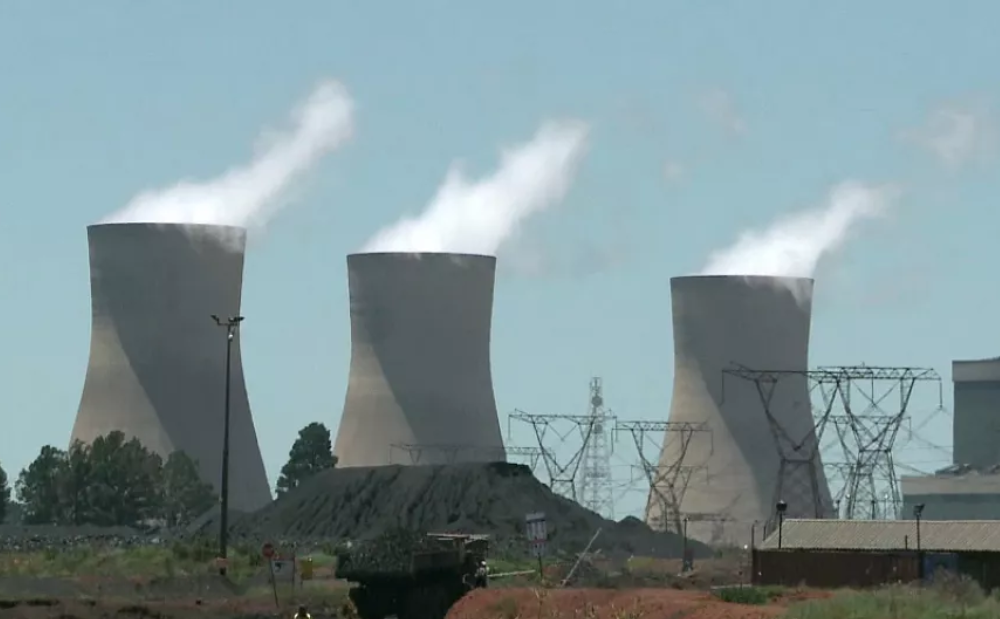
South Africa’s nuclear energy expansion plans continue to draw criticism, environmental NGOs chew over legal challenge
-
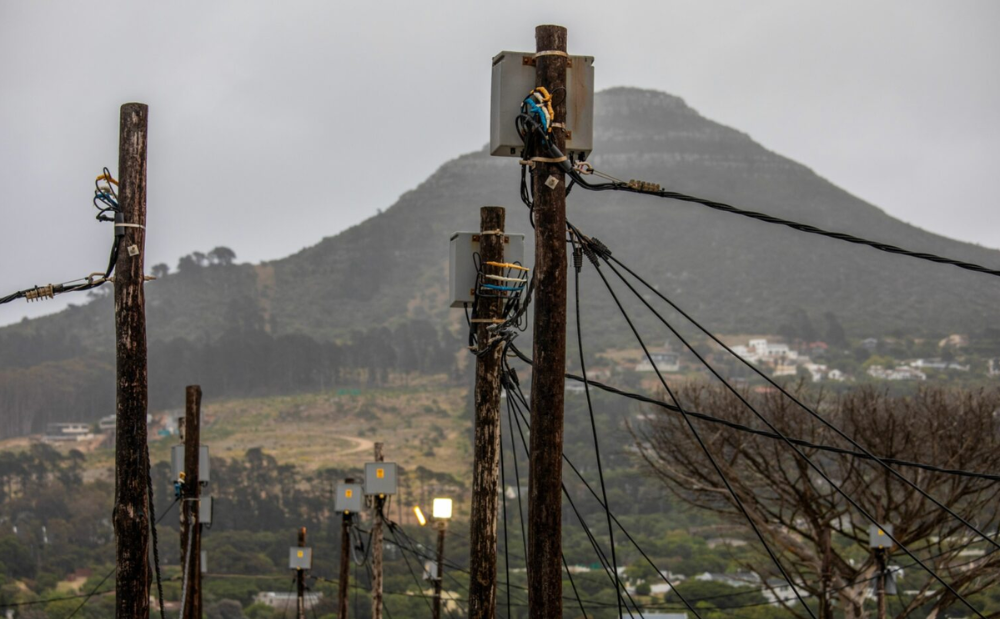
Earthlife Africa and SAFCEI respond to latest unsettling nuclear news regarding the ministerial determination
-
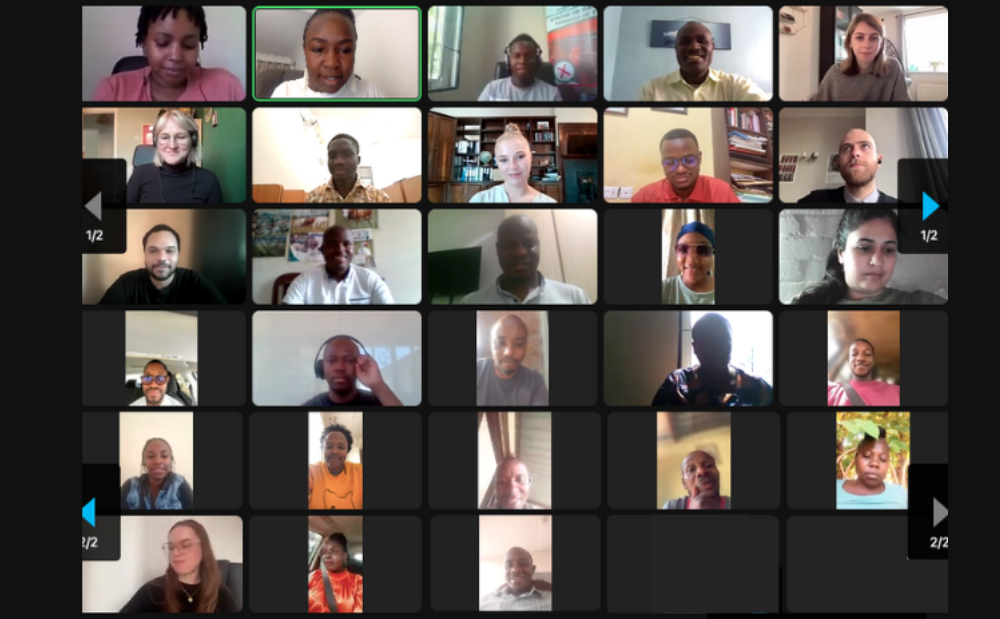
Open Wing Alliance Africa (Virtual) Summit 2023
-
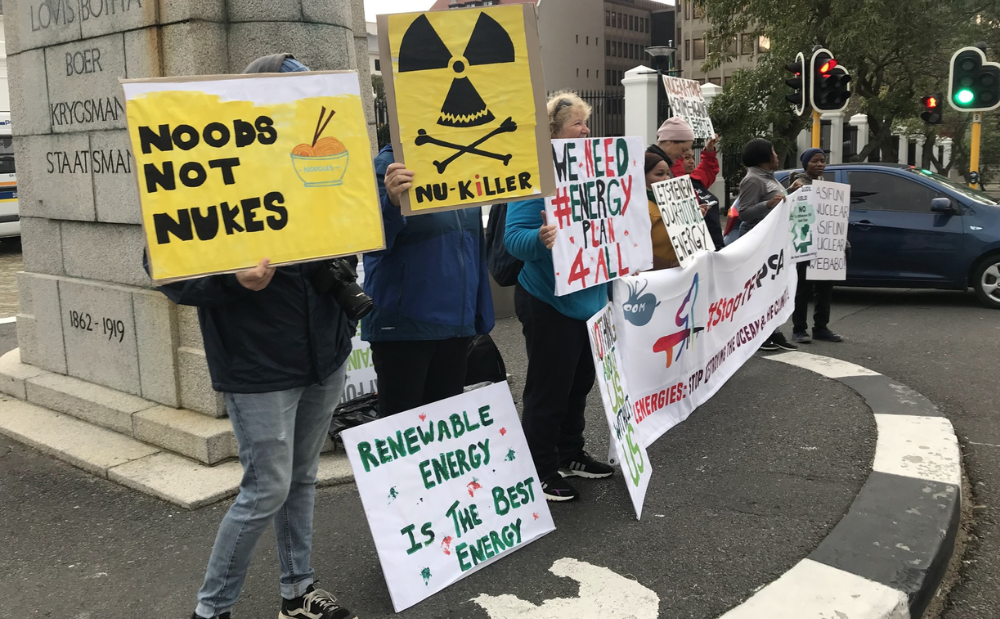
The Green Connection and SAFCEI respond to energy minister's divisive and deflecting comments
-

Job Vacancy: FLEAT Coordinator
